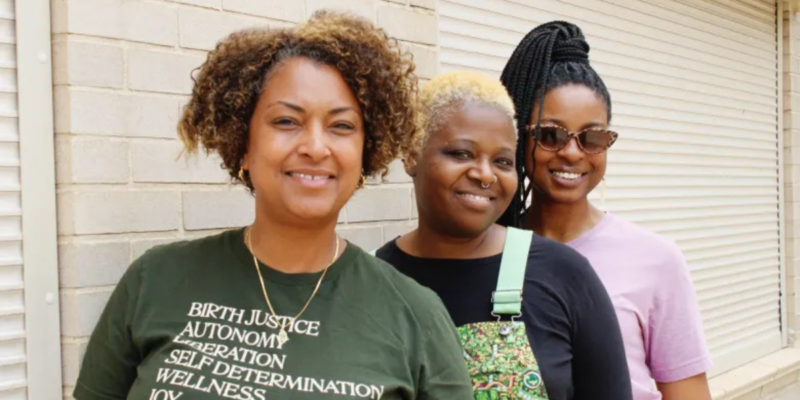
June 17, 2025
Chicago Beyond Hosts Transformative Fellowship Experience for Black Maternal Health Birth Justice Leaders
Chicago Beyond, a national philanthropic organization that addresses systemic inequity by backing solutions led by those closest to the issues, hosted birth justice leaders as part of its Fellowship for Black Maternal Health in Chicago, IL.
Read More

